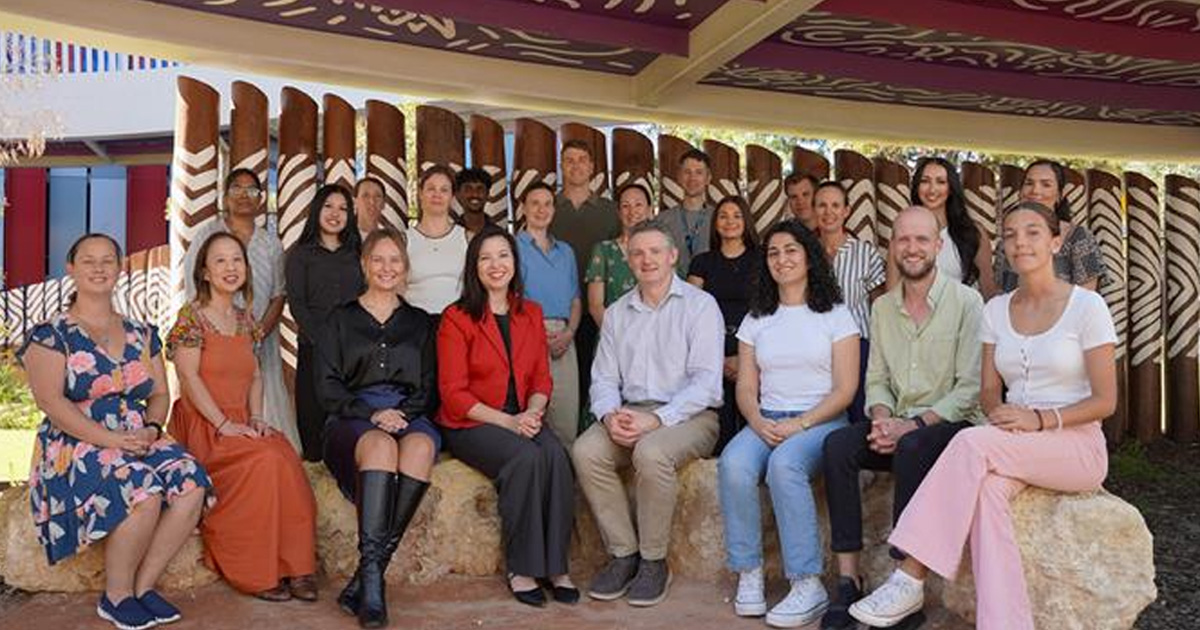
The Kids Research Institute Australia's Brain Tumour Research team will develop and implement cutting-edge technologies to revolutionise the speed of brain cancer diagnosis for WA children, thanks to more than $200,000 from Telethon.
The project will accelerate access to treatments and clinical trials, providing families and children with the best chance of a healthy, cancer‐free future.
Brain cancer remains the leading cause of death by disease in Australian children, making early and accurate diagnosis critical for timely treatment - a factor that directly impacts survival and quality of life.
Although significant advances have been made in molecular diagnostic methods over the past decade, wait times for these diagnoses are long and require testing conducted outside of Western Australia.
Currently, samples are sent out of state, where it can take up to 6-8 weeks to analyse and identify genetic features that help provide an accurate diagnosis, which is then returned to the clinical team here in Perth.
To address this critical gap, the project will develop in-house testing using state-of-the-art technology. The new system aims to rapidly extract, sequence, and analyse tumour DNA, providing diagnosis within mere hours—even while the patient is still in the operating room.
“Our goal is to transform the diagnostic timeline from weeks to hours, ensuring no time is lost in finding the best possible treatment options,” Associate Professor Raelene Endersby, Chief Investigator of the program and co-head of the Institute's Brain Tumour Research team said.
“This technology will not only speed up diagnosis but also help inform treatment decisions in real-time, potentially saving lives.”
Enabling faster diagnosis will have enormous impacts on Western Australian childhood cancer patients. It will help identify the most appropriate clinical trials for each patient quickly, ensuring WA children are prioritised to access the best therapies available worldwide.
In the future, the team hopes to see this testing technology guide surgeons in real-time, allowing for more precise surgical interventions and better overall health outcomes.
“We envisage the possibility that this technology could provide immediate tumour insights during surgery, giving our surgeons more information to support them in making critical decisions to improve the patient’s outcome.”
Looking ahead, the long-term vision for this technology extends beyond brain cancer. The team aims to apply the diagnostic pipeline to other childhood cancers, enabling rapid diagnosis, tailored treatment identification, and expedited clinical trial enrolment for all childhood cancer patients in WA.
